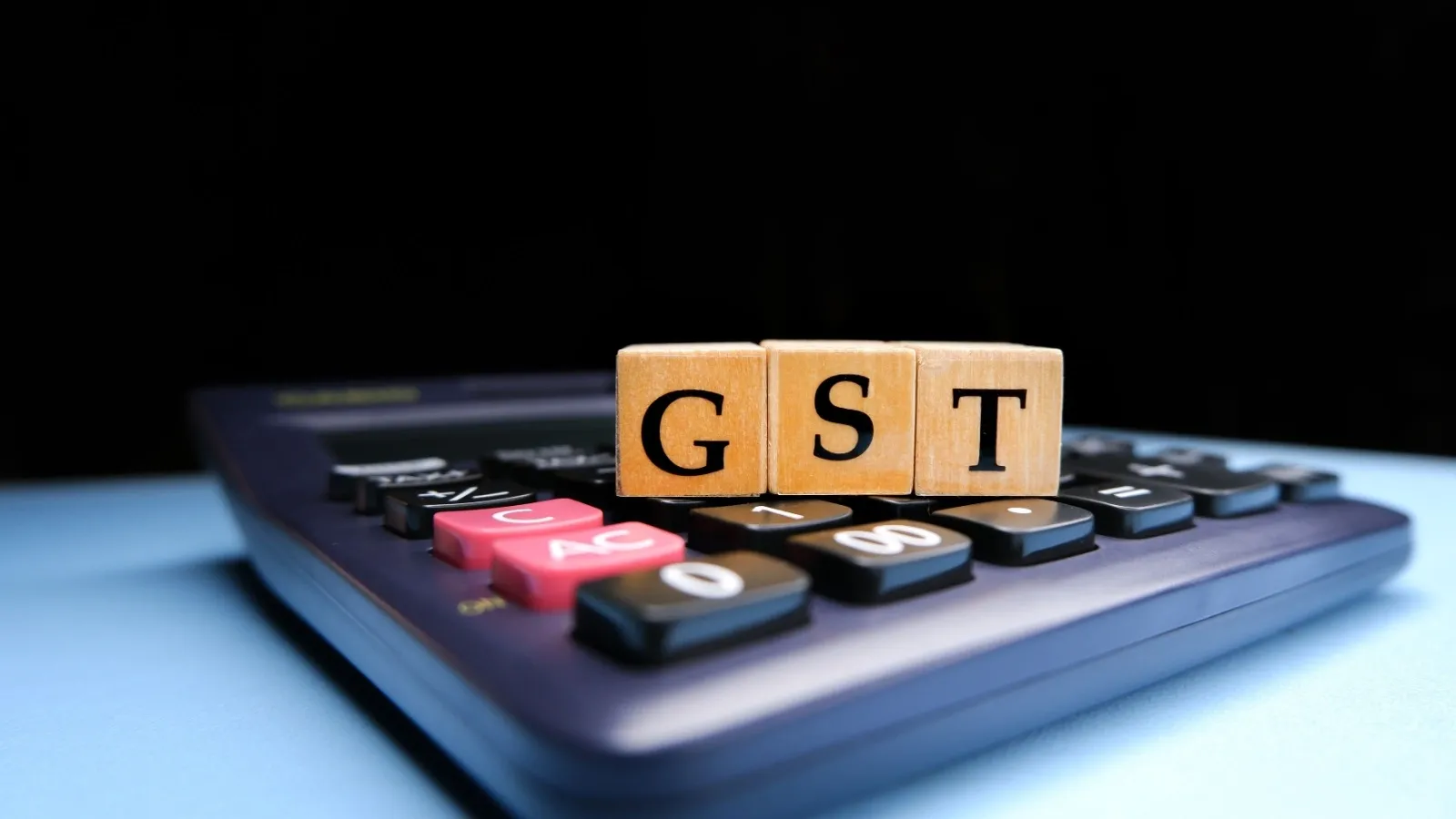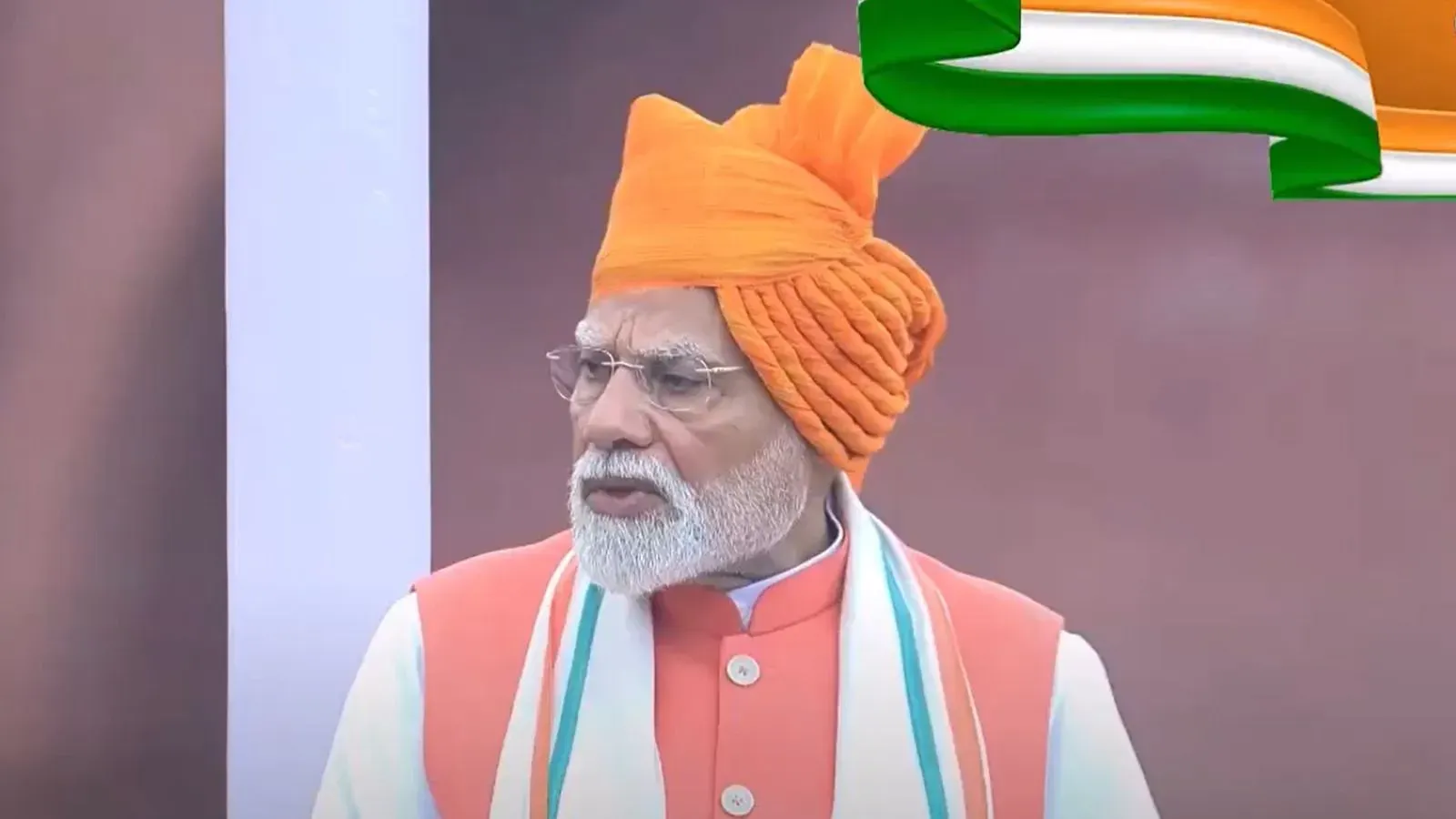Personal Finance News
GST tax slab revamp explained: What may get cheaper, costlier and change

7 min read | Updated on August 22, 2025, 11:21 IST
SUMMARY
GST tax rate and slab expected changes in 2025: Here is an explainer on what is likely to change and get cheaper or costlier under the Goods and Services Tax (GST) reforms announced by the Government. The revised GST slab rates and rules are likely to be announced by Diwali 2025.

GST slabs, rates and rules are set to change by Diwali 2025.
As excitement builds around the new GST rates and rules in the run-up to the revamp, here's an explainer on what is likely to change and get cheaper or costlier for the common man, according to experts, the Finance Ministry and recent PTI reports quoting highly-paced sources in the Government.
But first, lets take a look a the current GST slabs and rates
What are the current GST slabs and rates?
The Goods and Services Tax (GST) slabs and rates are currently decided by the GST Council, which comprises representatives from the governments at the Centre, States, and Union Territories.
There are four main rate slabs under the current GST regime: 5%, 12%, 18% and 28%. All these four rate slabs apply to most of the goods and services across the country.
The current GST regime has the following rates for different items:
-
Nil or zero percent GST tax is charged on essential food items, medicines and education
-
5% on daily use items
-
12% on standard goods
-
18% on electronics and services
-
28% on luxury and sin goods.
There are also three special GST rates for different items:
-
3% GST on gold, silver, diamond and jewellery
-
1.5% GST on cut and polished diamonds
-
0.25% GST on rough diamonds.
On goods like tobacco products, aerated drinks, and motor vehicles, the Government also charges a GST Compensation Cess, which is used to compensate states for any loss due to their transition to the GST system.
Currently, the Government collects 65% of indirect tax from items in the 18% GST slab. The 28% slab contributes 11% of indirect tax revenue, while the 12% slab accounts for just 5% collection. The lowest 5% slab contributes 7% of the total GST collection.
GST revamp: What is the Finance Ministry planning?
As per the Finance Ministry, the GST reform will focus on three pillars:
-
The correction of inverted duty structures to align input and output tax rates so that there is a reduction in the accumulation of input tax credit.
-
Resolve classification issues to streamline rate structures, minimise disputes, simplify compliance processes, and ensure greater equity and consistency across sectors.
-
Provide long-term clarity on rates and policy direction to build industry confidence and support better business planning.
-
Reduction of taxes on common-man items and aspirational goods: This would enhance affordability, boost consumption, and make essential and aspirational goods more accessible to a wider population. Reduction of slabs: Essentially move towards simple tax with two slabs – standard and merit.
-
Special rates only for select few items.
-
Compensation Cess: The end of compensation cess has created fiscal space, providing greater flexibility to rationalise and align tax rates within the GST framework for long-term sustainability.
-
Registration: seamless, technology-driven, and time-bound, especially for small businesses and startups.
-
Return: Implement pre-filled returns, thus reducing manual intervention and eliminating mismatches.
-
Refund: faster and automated processing of refunds for exporters and those with inverted duty structure.
"The Central Government has sent its proposal on GST rate rationalisation and reforms to the Group of Ministers (GoM) constituted by the GST Council to examine this issue," the Finance Ministry said in a statement on August 16, 2025.
"Key areas identified for next-generation reforms include the rationalisation of tax rates to benefit all sections of society, especially the common man, women, students, middle class, and farmers," it added.
What is going to change and become cheaper or costlier?
"The possible reforms could include doing away with 12% slab, rate rationalization for health & life insurance, some of the essential items, clarity in the provisions regarding blocked credits," said Harsh Shah, Partner, Economic Laws Practice.
There could be just two tax rates in the revamped GST regime: 5% and 18%.
"It is expected that this Diwali, items of mass consumption by the common man will be brought into the lower slab of 5 per cent GST. For example, small sachets of ₹10 or less supplied by FMCG players may be considered to be brought under the lower tax bracket of 5 per cent," said Vivek Jalan, Partner, Tax Connect Advisory Services LLP.
Apart from the above two rates, there could also be a special GST rate of 40% for luxury and sin goods, according to PTI.
However, the 40% tax may be charged only on seven items, including tobacco and tobacco products like gutka and pan masala.
Online gaming is also expected to be treated as a demerit goods category and attract the highest tax rate.
However, the total incidence of taxation would continue at the current 88%.
The expected GST rate for automobiles is not clear. Currently, they are charged in the 28% bracket. Petrol, diesel, natural gas, ATF, and crude oil may continue to remain outside GST.
Around eight sectors, including textiles, fertiliser, renewable energy, automotive, handicrafts, agriculture, health and insurance, are likely to benefit from the GST revamp.
GST slab changes: What's expected?
It is expected that 90% of items currently being charged at 28% may be moved to the 18% slab.
Further, it is expected that 99% of items currently in the 12% slab will move to the 5% slab.
Services may continue to be charged at 18%, except insurance. However, the rates for insurance services are not clear.
Further, it is expected that high-labour-intensive and export-oriented sectors like diamonds and precious stones may continue to be taxed as per the existing rates.
Old vs expected new GST tax regimes: Compared
The following is a summary of the key points discussed in this article:
| Aspect | Current GST regime | Expected changes under GST 2.0 or new GST regime) |
|---|---|---|
| GST slabs | 5%, 12%, 18%, 28% | Two main slabs: 5% and 18%; Special 40% slab for sin/luxury goods |
| Special rates | 3% on gold/jewellery, 1.5% on polished diamonds, 0.25% on rough diamonds | Likely to continue unchanged |
| Compensation Cess | Applied on tobacco, aerated drinks, motor vehicles | May be phased out, creating fiscal space |
| Items getting gheaper | N/A | Electronics (ACs, TVs, fridges, cement), small FMCG sachets, health & life insurance |
| Items staying expensive | Tobacco, pan masala, online gaming | May attract 40% GST; online gaming treated as demerit goods |
| Items with unclear rates (as of now) | Automobiles, petrol, diesel, natural gas, crude oil | No clarity yet; may remain outside GST |
| Sectoral beneficiaries | N/A | Textiles, fertilisers, renewable energy, agriculture, handicrafts, health, insurance |
| Structural reforms | Inverted duty structures, classification issues | Correction of duty structures, simplified compliance, clarity on rates |
| Ease of living measures | Manual registration, returns, refunds | Tech-driven registration, pre-filled returns, automated refunds |
| Expected timeline | N/A | Rollout by Diwali 2025; GST Council to meet twice in September |
| Revenue ristribution | 65% from 18% slab, 11% from 28%, 5% from 12%, 7% from 5% | Rationalisation expected to shift items from 28% to 18%, and 12% to 5% |
The GST Council is expected to meet twice in September 2025 before the rollout of the revamped GST slabs and rules.
Related News
By signing up you agree to Upstox’s Terms & Conditions
About The Author
Next Story


